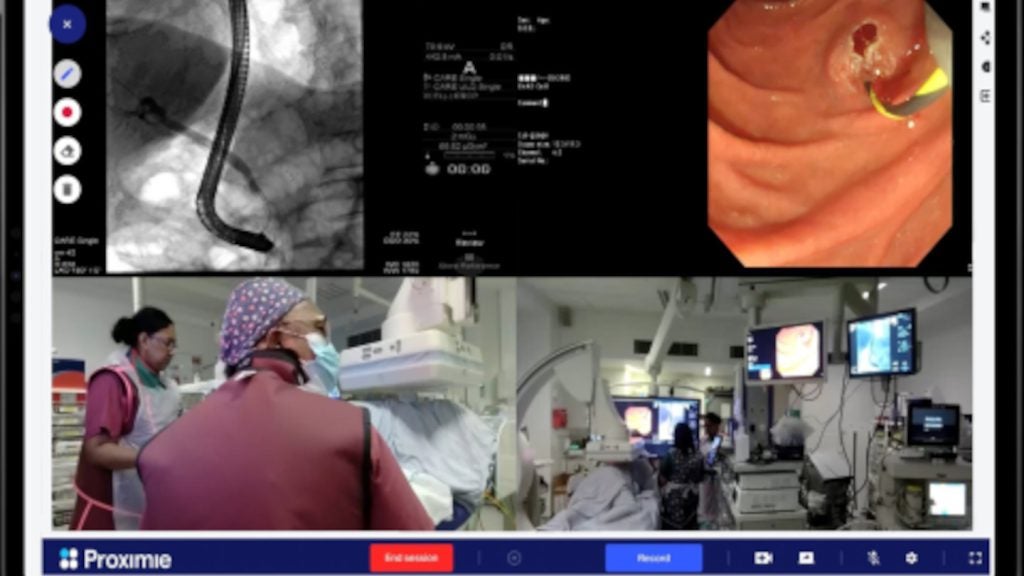A new human case of H1N2, a swine flu strain reported in 50 people worldwide since 2005, was recently detected in North Yorkshire, UK. The H1N2 strain was genetically unrelated to previous H1N2 cases but early monitoring is essential to prevent a repeat of the 2009 swine flu pandemic.
Swine flu is an influenza A virus, enzootic in swine populations in most regions of the world. However, occasionally one of its three major subtypes—H1N1, H1N2, and H3N2—can infect humans, usually through direct or indirect exposure to pigs or contaminated environments. A pandemic arises when populations become exposed to a new viral subtype in the absence of pre-existing immunity. The 2009 H1N1 virus contained a new unique combination of gene segments from human, swine, and avian influenza A viruses. This virus was then further combined with a Eurasian swine virus, which had circulated for over ten years in pigs before jumping to humans, leading to the more well-known ‘swine flu’.
The 2009 swine flu pandemic
The H1N1 influenza virus was the first influenza pandemic of the 21st century. First appearing in Mexico in March 2009, the virus quickly spread overseas in a few months via air travel and led to new patterns of death and illness that had not occurred in previous influenzas. By the time the World Health Organization (WHO) declared the pandemic of the highest level (phase six) on 11 June 2009, 74 countries and territories had reported laboratory-confirmed infections. This number rose to over 208 countries by December 2009. Unlike typical flu seasonal patterns, the new virus caused high levels of summer and winter infections, mostly affecting teenagers and young adults, with rates of hospitalisation highest in very young children. The WHO reported 18,449 laboratory-confirmed deaths; however, the estimated total is closer to 284,000 deaths. The pandemic was declared over by August 2010, and the pandemic H1N1 virus strain now circulates as seasonal flu.
Previous influenza pandemics
The mortality of pre-20th century influenzas was a lot higher, killing millions of people around the world. For these pandemics, vaccines were not produced in sufficient time to have a substantial impact on the death toll.
The 1918 Spanish flu was the first and only other reported H1N1 strain influenza virus before the 2009 pandemic. The Spanish flu originated in the US before spreading to Europe, causing 50 million deaths over three waves from 1918 to 1919. The pandemic was thought to have infected a third of the world’s population at the time. A portion of older adults were found to have pre-existing cross-reactive antibodies during the 2009 swine flu pandemic, thought to be because of exposure to H1N1 strains that circulated after the Spanish flu, before the next 1957 pandemic.
See Also:
Next came the 1957 Asian flu, an H2N2 strain originating in southern China that caused an estimated 1–1.5 million deaths. This was more swiftly followed by the 1968 Hong Kong flu, a H3N2 virus originating in Hong Kong that caused around 750,000 deaths. Since these four influenza pandemics, swine flu cases in humans have remained very low. Although it is too early to say if the new strain has pandemic potential, close monitoring and increased surveillance will help to prevent this from occurring.
How well do you really know your competitors?
Access the most comprehensive Company Profiles on the market, powered by GlobalData. Save hours of research. Gain competitive edge.

Thank you!
Your download email will arrive shortly
Not ready to buy yet? Download a free sample
We are confident about the unique quality of our Company Profiles. However, we want you to make the most beneficial decision for your business, so we offer a free sample that you can download by submitting the below form
By GlobalData








